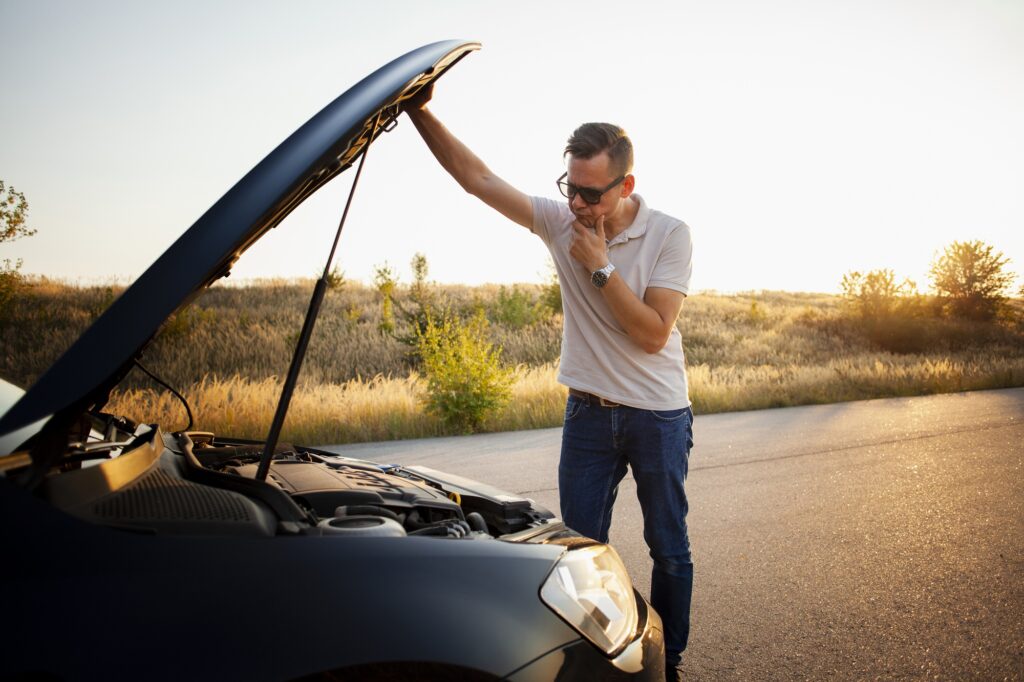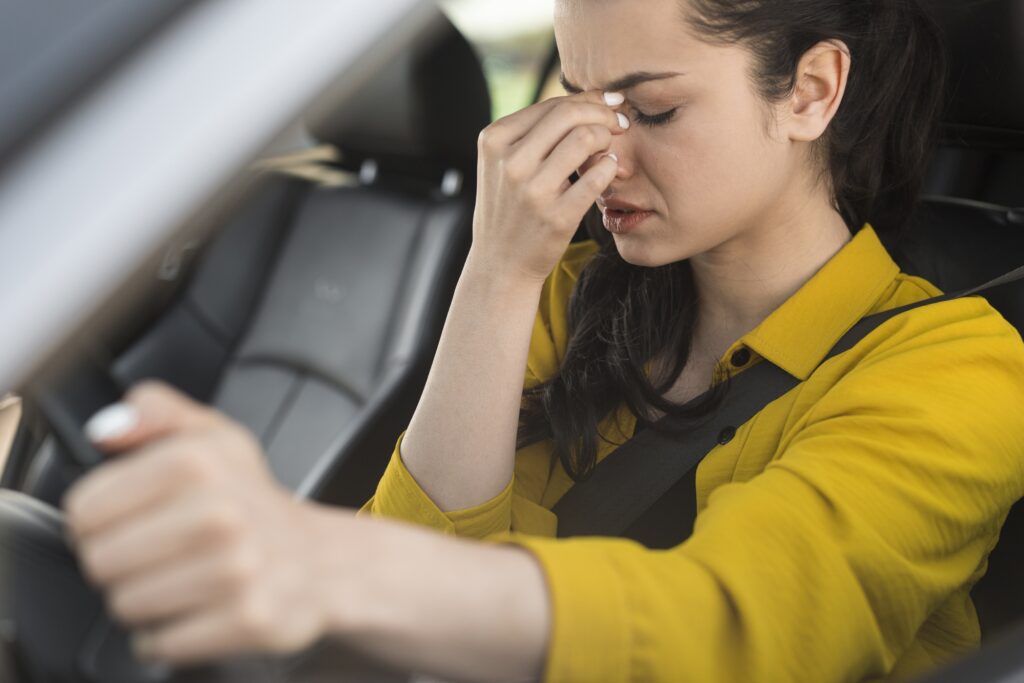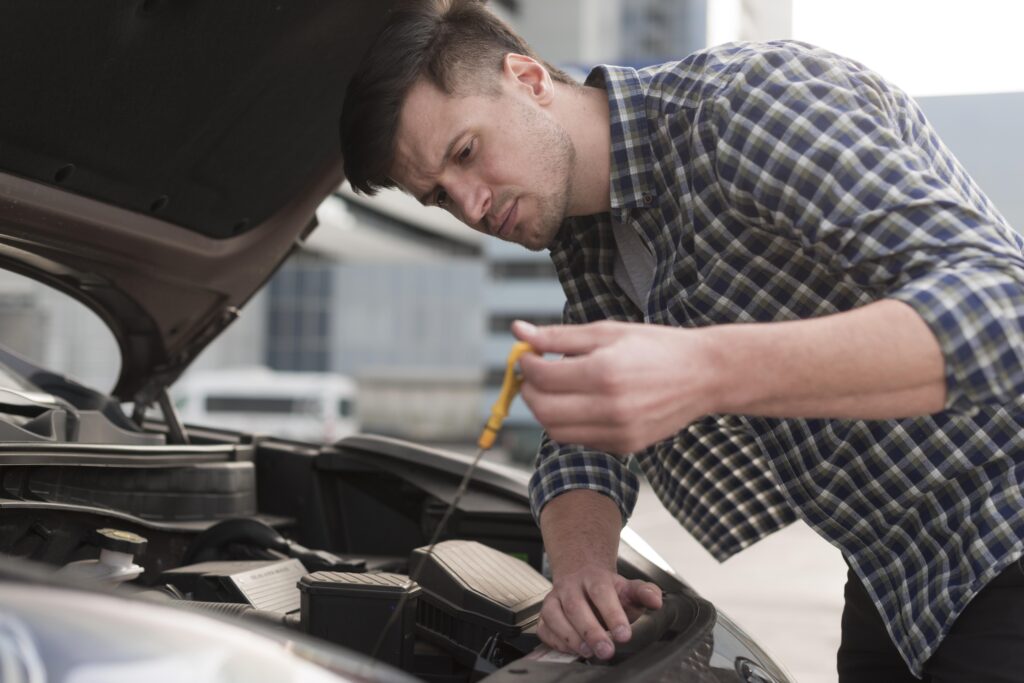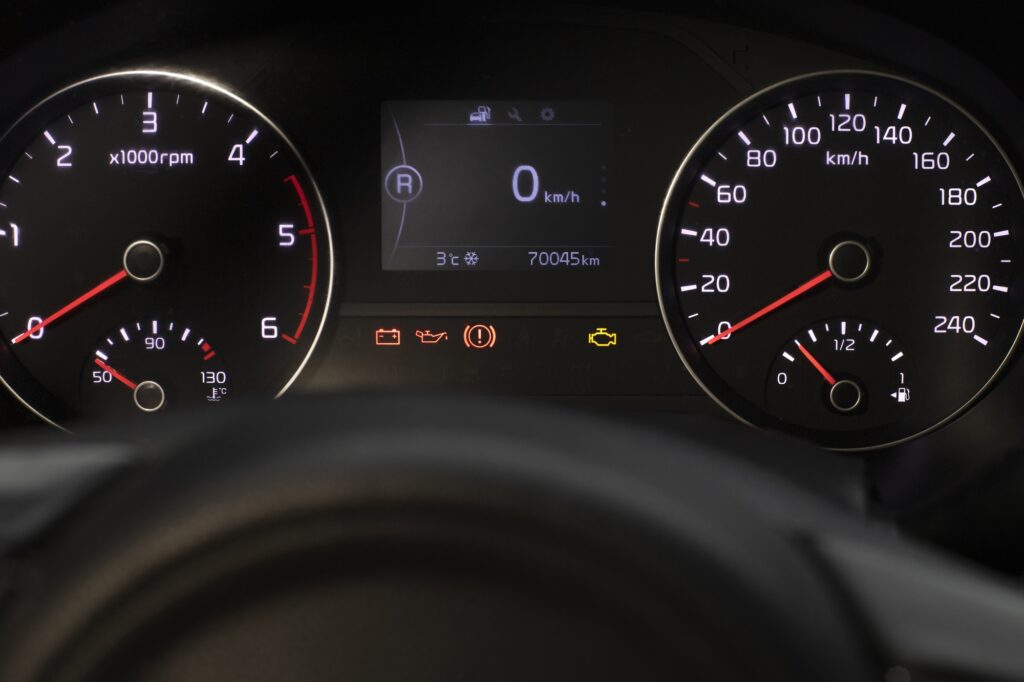Experiencing an overheated engine while driving can be stressful, but knowing what to do if your car overheats can prevent serious damage and ensure your safety. Ignoring the issue or taking the wrong steps can lead to costly repairs. Whether you’re stuck in traffic or on a long drive, understanding the do’s and don’ts of handling an overheated engine is crucial. In this guide, we’ll walk you through the right actions to take and common mistakes to avoid when your car starts overheating.
Key Points
- Do: Pull Over Safely and Turn Off the Engine
- Don’t: Keep Driving Like Nothing’s Wrong
- Do: Let the Engine Cool Down Before Touching Anything
- Don’t: Open the Radiator Cap Right Away
- Do: Check Coolant Levels
- Don’t: Pour Cold Water on a Hot Engine
- Do: Turn On the Heater
- Don’t: Ignore Warning Signs Before It Happens
- Do: Call for Help If You’re Unsure
- Don’t: Assume It’s a One-Time Thing
Car Overheating: What to Do and What to Avoid
Do: Pull Over Safely and Turn Off the Engine

The moment you notice your temperature gauge creeping into the red zone, you need to act fast. Knowing what to do if your car overheats can prevent serious damage. Once you’re clear of traffic, shut off the engine immediately. Your engine’s basically screaming for mercy at this point, it’s hitting temperatures upwards of 230°F (110°C), well beyond its happy zone. Keeping it running is like forcing a marathon runner to sprint with a 103°F fever it’s a fast track to warped metal or a seized engine. Turning it off halts the heat build-up and gives your car a fighting chance to recover.
Don’t: Keep Driving Like Nothing’s Wrong

Maybe you’re late for a meeting or just five miles from home, and you’re tempted to push through. But driving an overheating car is a high-stakes gamble with lousy odds. Ignoring the warning signs can warp your engine block (think RS 80,000+ repairs), blow a head gasket (another pricey fix), or even cause a total engine failure that’ll cost you thousands or a new car.
Do: Let the Engine Cool Down Before Touching Anything

A hot engine is like a pressure cooker on steroids coolant can hit 250°F (121°C) and pressurized up to 15-20 PSI. Give it time to cool off, usually 30 minutes to an hour, depending on how severe the overheating was. Carefully pop the hood (use a rag or glove to avoid burns from hot metal) to let heat escape faster, but don’t touch anything under there yet. Grab a snack, sip some water, and let convection do its job. Patience here prevents you from becoming a cautionary tale.
Don’t: Open the Radiator Cap Right Away
One of the most important steps in what to do if your car overheats is never opening the radiator cap right away. When an engine overheats, the coolant inside can exceed boiling point 212°F (100°C) at sea level and the pressure makes it even more dangerous. Popping the radiator cap too soon unleashes a geyser of scalding liquid that can hit you at 20-30 feet per second. Always wait until the engine’s fully cooled (check if the radiator’s warm, not hot, to the touch) before even thinking about twisting that cap.
Do: Check Coolant Levels

Once the engine’s cooled down, locate the coolant reservoir usually a translucent plastic tank near the radiator, marked with min and max lines. If it’s low or bone-dry, you’ve likely pinpointed the issue: your engine’s been running without its lifeblood. Top it off with a 50/50 mix of antifreeze and water (the ideal combo for heat transfer and corrosion protection) if you have it or plain water in a pinch though water alone won’t protect against freezing or boiling long-term. Check the coolant levels properly before driving again.
Don’t: Pour Cold Water on a Hot Engine
This might seem like a Hollywood fix splash some water and save the day but it’s a recipe for disaster. A hot engine block (often cast iron or aluminum) can hit 400°F (204°C), and dumping cold water on it causes rapid contraction, risking cracks from thermal shock. Imagine tossing ice into a hot glass pan it shatters. If you need to add liquid, wait until the engine’s cooled to a safe temp (below 150°F/65°C if you’ve got a thermometer), then pour slowly to avoid stressing the metal. Slow and steady wins this race.
Do: Turn On the Heater
Many people don’t realize that turning on the heater is actually part of what to do if your car overheats since it helps pull heat away from the engine. It can drop engine temps by 10-20°F, buying you precious time to reach a safe spot. Roll down the windows, max out the heat and fan, and endure the sauna vibes it’s a small price to pay for avoiding a breakdown.
Don’t: Ignore Warning Signs Before It Happens

Overheating doesn’t always come out of nowhere. If your temp gauge has been flirting with the high side, or you’ve noticed weird smells (like syrupy coolant or burning rubber), don’t shrug it off. Leaky hoses, a failing water pump, or a stuck thermostat could be brewing trouble. Catch it early, and you’ll avoid roadside drama.
Do: Call for Help If You’re Unsure
If you’re unsure what to do if your car overheats, don’t hesitate to call for professional help. Roadside assistance (like AAA) or a local mechanic can tow you to safety or diagnose the issue on the spot. Modern cars have complex cooling systems think electric fans, sensors, and modules that need pro tools like OBD-II scanners to troubleshoot. A typical diagnostic fee runs RS 5,000-RS 10,000, a small price for peace of mind and avoiding a bigger mess.
Don’t: Assume It’s a One-Time Thing
So, you nursed it home after the overheating scare nice work! But don’t just high-five the dashboard and call it a day. Overheating often hints at underlying gremlins: a radiator fan that’s DOA, a slow coolant leak, or even a failing catalytic converter clogging exhaust flow. Get it to a mechanic ASAP for a full check-up think pressure tests, leak inspections, and fan function checks (usually RS 5,000-RS 15,000 totals). Your car just survived a heatwave; give it some TLC to ensure there’s no encore performance. Prevention beats regret every time.
Conclusion
Knowing what to do if your car overheats can save you from expensive repairs and keep you safe on the road. Always pull over, let the engine cool, and check for issues like low coolant levels or leaks. Avoid common mistakes like opening the radiator cap immediately or continuing to drive with an overheated engine. By following these do’s and don’ts, you can handle the situation effectively and prevent long-term damage to your vehicle.
Frequently Asked Questions
Q1. How long should I wait before checking an overheated engine?
Give it at least 30 minutes to an hour. One of the first steps in what to do if your car overheats is letting it cool down completely.
Q2. Can I drive my car after it overheats?
Ans. Only if you’ve fixed the issue (like topping off coolant) and the temp gauge stays normal. Otherwise, get it towed to avoid damage.
Q3. Why does my car overheat only in traffic?
Ans. Could be a failing radiator fan it’s crucial for cooling when you’re not moving fast. Get it checked out.
Q4. What’s the most common cause of overheating?
Ans. Low coolant is the usual suspect, often from leaks or neglect. A quick reservoir check can clue you in.
Q5. Is it okay to use just water instead of coolant?
Ans. In an emergency, yes, but mix in coolant ASAP. Water alone doesn’t protect against freezing or corrosion like coolant does.








